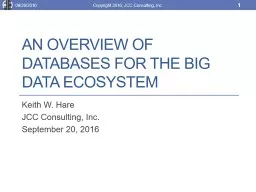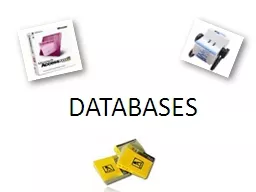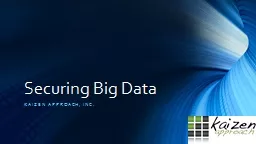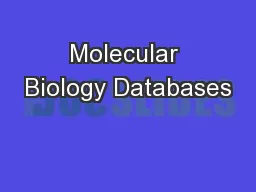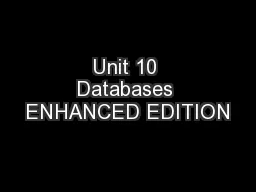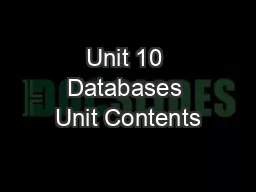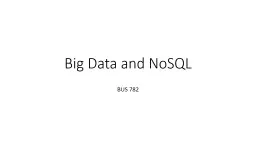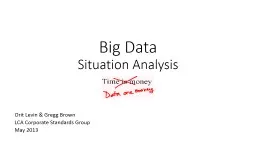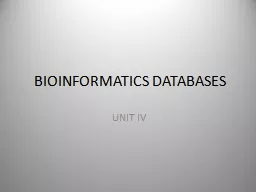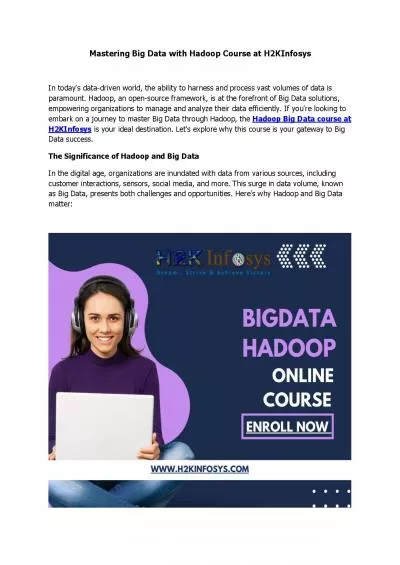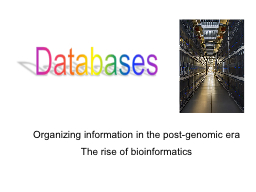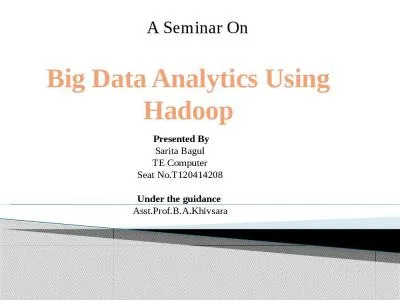PPT-An Overview of Databases for the Big Data Ecosystem
Author : briana-ranney | Published Date : 2017-09-16
Keith W Hare JCC Consulting Inc September 20 2016 1 09202016 Copyright 2016 JCC Consulting Inc Abstract The ultimate goal of big data techniques is to be able to
Presentation Embed Code
Download Presentation
Download Presentation The PPT/PDF document "An Overview of Databases for the Big Dat..." is the property of its rightful owner. Permission is granted to download and print the materials on this website for personal, non-commercial use only, and to display it on your personal computer provided you do not modify the materials and that you retain all copyright notices contained in the materials. By downloading content from our website, you accept the terms of this agreement.
An Overview of Databases for the Big Data Ecosystem: Transcript
Download Rules Of Document
"An Overview of Databases for the Big Data Ecosystem"The content belongs to its owner. You may download and print it for personal use, without modification, and keep all copyright notices. By downloading, you agree to these terms.
Related Documents

